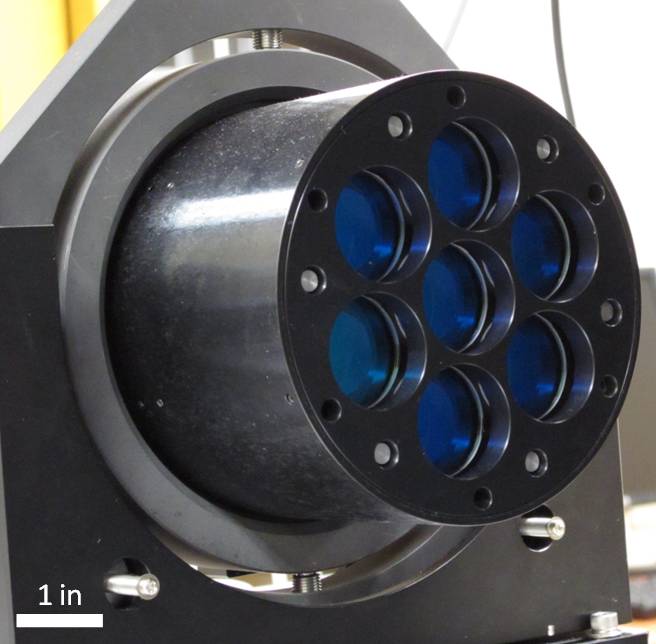DARPA is going gaga over the pew-pew. The department just awarded a Northrop Grumman a $US20.2 million contract to begin the second phase of its Excalibur Program — one which aims to give the same kind of missile-frying laser cannon that’s currently patrolling the Persian Gulf to America’s Air Force.
Specifically, Northop has been contracted as part of Project Endurance, which focuses on miniaturising components as well as developing tracking, identification, and engagement systems (basically all the stuff that would allow a pilot to aim and fire a beam weapon). Project Endurance is an offshoot of the department’s larger Excalibur Project whose goal is to “develop coherent optical phased array technologies to enable scalable laser weapons that are 10 times lighter and more compact than existing high-power chemical laser systems.”

This is, surprisingly, not an offensive weapon but is rather being developed to counter incoming IR (heat-seeking) missiles. And by counter, I don’t mean simply dazzling the incoming threat, or leading it away from the aircraft with decoys or chaff — this laser will simply burn through the missile before it can detonate.
That’s a tall order. You look at the size of the existing laser systems America has fielded in the past few years — like the HEL-MD and the laser aboard the USS Ponce — and they’re all enormous. What’s more, they require massive amounts of power to operate. So shrinking all these bits down (along with a means of driving them) into a package that can fit under the wing of an aircraft or even a drone (DARPA’s looking to eventually put these systems on Predators and Reapers because duh) is no easy feat.
As Valerie Coffey of The Optical Society writes,
The biggest challenge for researchers is creating a laser that can reach high enough powers to partially destroy or defeat a target while tracking numerous objects simultaneously. In turbulent atmospheric conditions, like dust and humidity, the laser must propagate efficiently and stay accurately focused on the target.
… The platform must be compact enough to fit on a vehicle or even a soldier’s shoulder, while the optics must be ruggedised to withstand shock and high irradiance.
To that end, the Excalibur program has focused on using phased arrays of electrically-driven lasers rather than the bulkier chemical lasers we saw in Real Genius. Plus, DARPA is working to adapt this same laser technology to also act as a radar array, target designator, and comm system in addition to defence.
Northrop is confident that it will be able to meet a March, 2016 deadline. Once they do, DARPA’s next goal is boosting the laser’s maximum power output to 100 kW — double what the HEL-MD can currently produce. [DARPA via NG – OSA]
Pictures: DARPA
